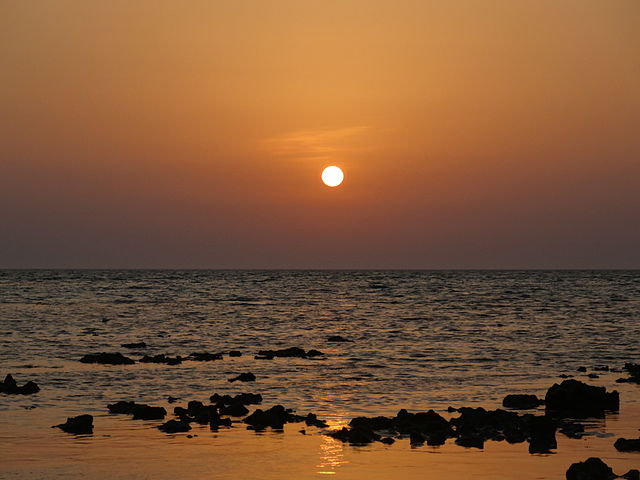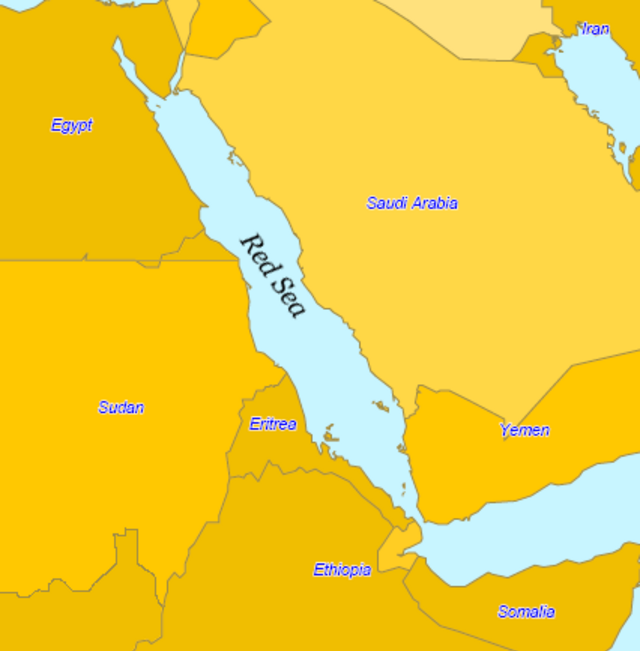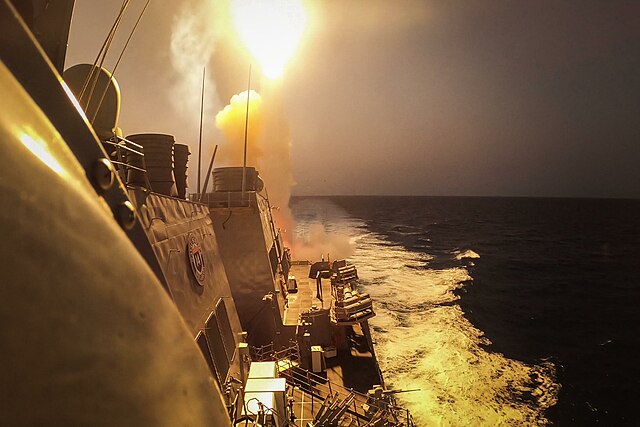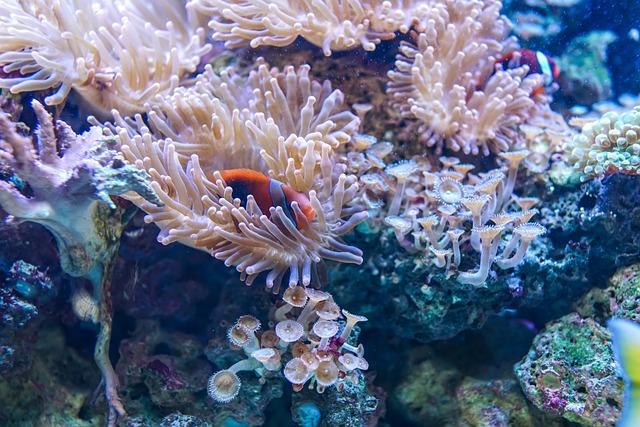
Oceans Versus Seas
Water has been present on Earth since the beginning. Genesis 1:10 states God called the gathering of waters that He created “seas.” But are the terms “ocean” and “sea” interchangeable? Although people often substitute one word for the other, technically an ocean and a sea are two different bodies of water. Geographers consider a sea a division of the ocean enclosed or partly enclosed by land. The key difference between the two water bodies lies in their size with oceans bigger and seas smaller. Seas are also generally shallower than oceans as well.
Currently geographers recognize five oceans—the Arctic, Atlantic, Indian, Pacific, and Southern (also known as the Antarctic Ocean). According to National Geographic, over fifty seas exist, with the Red Sea counted among them. Although not big enough to be considered an ocean, the Red Sea still covers a surface area of about 169,000 square miles.
Understanding About The Red Sea – The Basics
A part of the Indian Ocean, the Red Sea is a sea inlet lying between Africa and Asia. Only 221 miles across at its widest point, this narrow strip of water extends southeast from Suez, Egypt for about 1,400 miles. At its northern end, the Red Sea splits into two parts, the Gulf of Aqaba in the northeast and the Gulf of Suez in the northwest. About 40% of the water body is relatively shallow, less than 330 feet deep.
Six different countries border the Red Sea proper, the portion exclusive of its two gulfs—Saudi Arabia and Yemen on the east and Egypt, Sudan, Eritrea, and Djibouti on the west. Desert surrounds the Red Sea on all sides. No rivers pour into the Red Sea, rainfall is scant, and over six feet of water evaporates from the Red Sea’s surface annually. At 40% salinity, it is one of the saltiest bodies of water in the world due to low precipitation and high evaporation.

Name That Sea
More than likely, the name Red Sea relates to the color its water often turns. While normally the Red Sea appears an intense blue green, the death of extensive red-colored seasonal algae blooms near the water’s surface turn the water a reddish-brown color. Ancient writings, including those of Pliny the Elder and Herodotus, mention the sea’s reddish-brown color.
Modern scholars, however, theorize the adjective “red” refers to the direction of south and the Black Sea’s name might refer to the direction of north. They base this proposal on the fact some Asian languages employ color words to signify the four cardinal directions.
The Red Sea’s History
The Red Sea is one of the first large bodies of water mentioned in recorded history. Ancient Egyptians conducted the first known explorations of it. Christians read about the Red Sea in the Book of Exodus where God’s miraculous parting of its waters allowed them to escape from the pursuing Egyptians.

Today the Red Sea serves an important role in the global economy. Cargo vessels traverse its waters between the Indian Ocean and the Mediterranean Sea shortening the route between Asia and Europe significantly. This heavily used shipping route handles around 12% of the world’s trade and 30% of global container traffic.
Troubled Sea
The Israeli-Hamas war has negatively impacted shipping activities in the Red Sea. In response to the war, Houthi rebels in Yemen began attacking shipping vessels in November 2023 in an attempt they claim is to force Israel to cease its offensive in the Gaza Strip. Nevertheless, ships targeted by the Houthis for the most part have had little, if any connection to nations involved in the war.
According to reports released in January 2024, Red Sea shipping volumes dropped to 30% of normal due to Houthi attacks. In the ensuring months the Houthis have increased their attacks. According to the U.S. Maritime Administration, since November Houthis have undertaken over fifty attacks on shipping vessels, seized one vessel, and sunk another vessel. The threat of attack caused further declines in shipping through the Red Sea.

Understanding About The Red Sea – Environmental Concerns
Not only are ships in the Red Sea under attack, but so is its marine life. The coral reefs found in the Red Sea are some of the most unique on Earth. In December 2022, a devastating epidemic broke out killing most of the sea urchins in the Red Sea. This development does not bode well for the water body’s coral reefs as sea urchins are deemed key species for the healthy functioning of coral reefs. Over 50% of the world’s coral reefs have already been destroyed per the United Nations.

Awakening New Depths Of Understanding
World Oceans Day 2024 presents a perfect opportunity to learn something about the Red Sea. This water body, a part of the Indian Ocean, holds particular interest to Christians due to its appearance in the Bible and because of current events involving it. The time is now to awaken a new depth of understanding about the Red Sea, including its location, its history, and its concerns.














